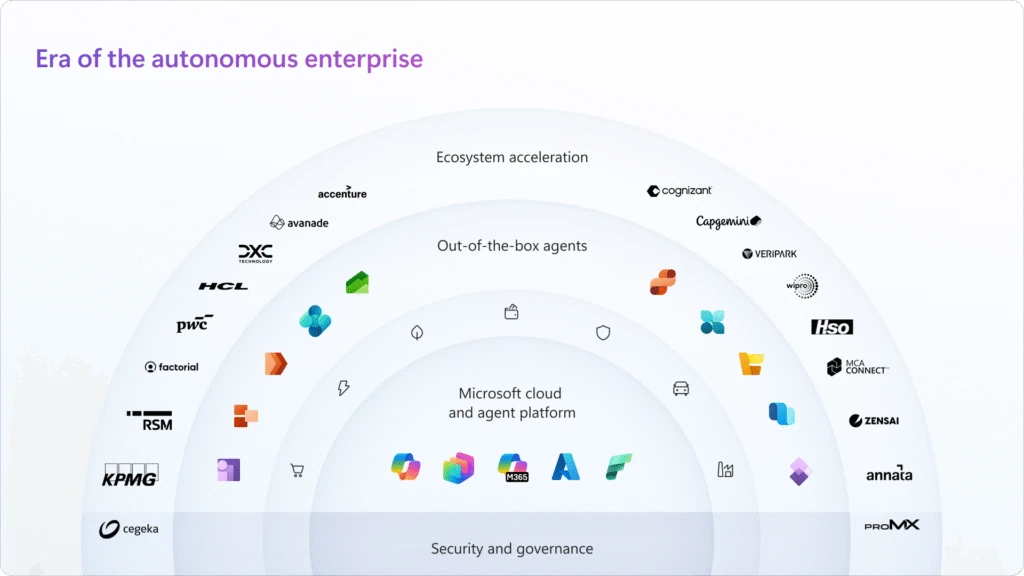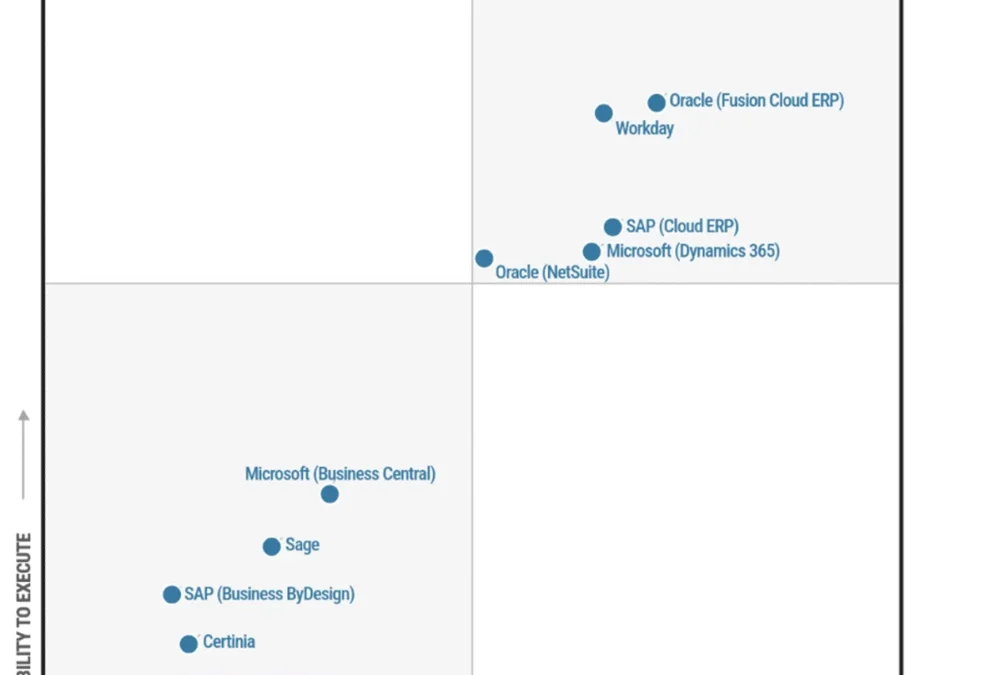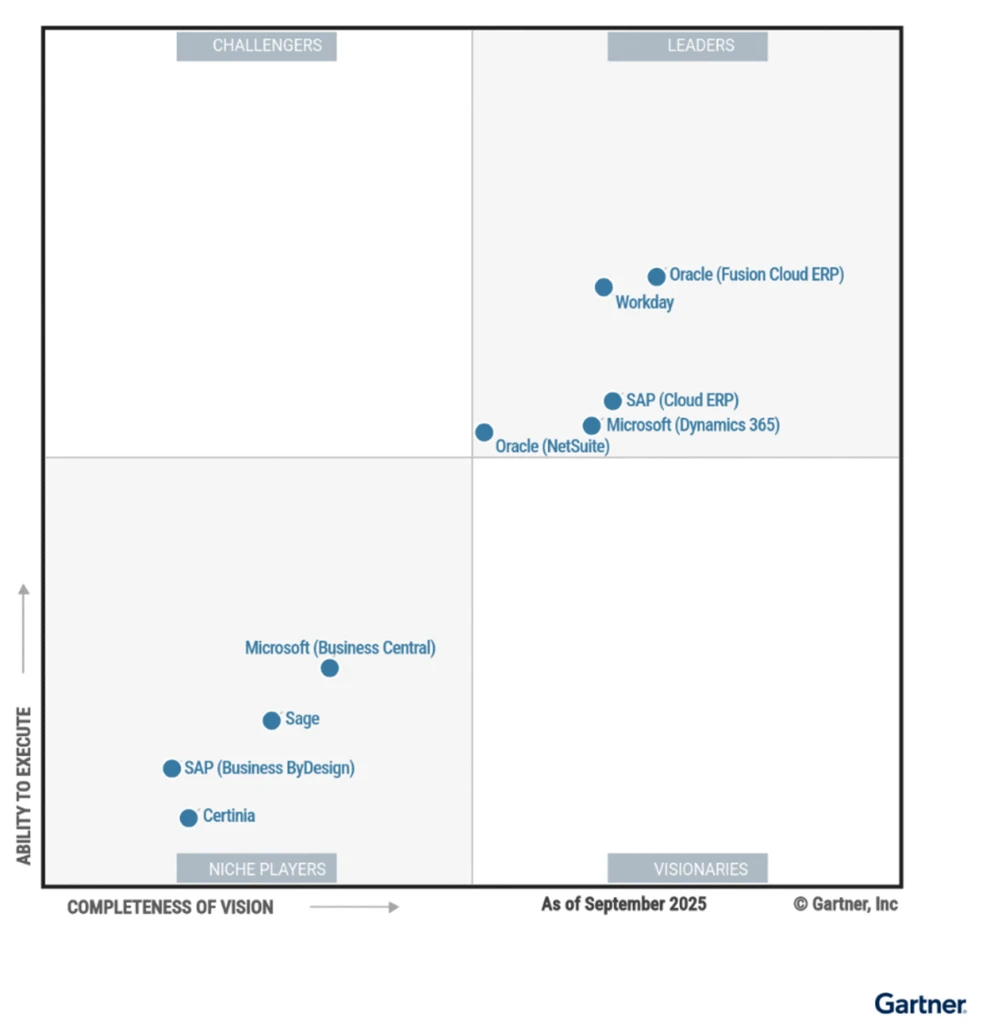
The era of agentic business applications arrives at Convergence 2025
This article is contributed. See the original author and article here.
The way we work is transforming. Generative AI and agentic business applications are catalysts for a profound shift in how we create, collaborate, and make decisions. What once took hours now happens in moments. Ideas move faster, insights surface sooner, and the boundaries between human creativity and machine capability are blurring. This isn’t the future—it’s unfolding now, and it’s changing the very fabric of how businesses operate.
It’s a move from systems of record to systems of action. In this new era, AI agents go beyond support—they help interpret signals, uncover patterns, and initiate actions and continuously optimize processes on your behalf. At Convergence 2025, December 9–12, we’ll explore how organizations can build an AI-first autonomous enterprise powered by data, copilots, and agents working together across Microsoft Dynamics 365 and the Microsoft Cloud.

From automation to autonomy: The AI-first organization
Businesses have long pursued automation to streamline operations. The next leap is autonomy—systems that interpret signals across the business, adapt workflows in real time, and anticipate decisions. Autonomous enterprises go beyond efficiency—they are driven, adaptive, and human-centered, with intelligent systems that understand context, collaborate across processes, and deliver measurable outcomes.
We believe the recognition of Microsoft Dynamics 365 Leader placement in Gartner® Magic Quadrant™ and IDC MarketScape reports reinforces our ability to connect front-end and back-end operations into one intelligent ecosystem. Our leadership is grounded in the breadth of the Microsoft Cloud, the depth of our data estate, and our ability to bring AI, analytics, and business applications together as a unified platform to accelerate end-to-end AI transformation.
Agentic business applications are built on three connected pillars: data, Copilot, and agents—working together to change how work gets done.
1. Data: The foundation of agent autonomy
Most business processes begin with data. Finance close, order-to-cash, customer insights, case resolution, supply chain planning, field service, HR workflows—each depends on complete, connected, trusted information. When this data is fragmented across systems, agents can’t act with autonomy, and AI can only answer questions instead of accelerating outcomes.
Dynamics 365 spans both front-office and back-office operations—customer relationship management (CRM) and enterprise resource planning (ERP)—providing a continuous, end-to-end view of customers, employees, finances, supply chain, and operations. This structured, governed, and auditable data is the backbone of business processes—how work flows, how controls are enforced, and how organizations maintain compliance at scale.
As business model innovation becomes even more important, we continue to invest deeply in these core applications. We’re expanding capabilities across ERP and CRM, investing in bringing Microsoft Fabric, Microsoft Copilot Studio, and Microsoft Power Platform closer to Dynamics 365 than ever before. From connected frontlines to adaptive supply chains, business applications are becoming composable, intelligent, and outcome-driven—helping customers innovate more quickly while maintaining trust, security, and governance, adapt faster, redesign workflows, and build the operational integrity required for agent-powered processes. At Convergence 2025, you’ll see how Dynamics 365 continues to evolve as the operational engine of AI-first organizations.
At Microsoft Ignite 2025, we announced major advances in how agents connect with ERP systems. The Dynamics 365 ERP Model Context Protocol (MCP) server is evolving from static actions to a dynamic, configurable framework that adapts as business needs evolve. A new analytics MCP server extends this capability to structured metrics and insights, supporting agents to reason over governed operational and financial data—not snapshots or exports, but live business signals. Together, these updates unify data, logic, and actions into a common protocol that can simplify integration and accelerate automation.
And with MCP designed for massive scale—including support of millions of ERP actions—organizations gain the performance and extensibility required for agent-powered business processes at enterprise scale.

The entire Microsoft data and application stack—Dynamics 365 ERP and CRM, Dataverse, Fabric, and more—forms the operational engine of agentic transformation. It provides the structure, governance, and adaptability required to support AI-powered business models and next-generation workflows.
2. Microsoft 365 Copilot: Your strategic productivity partner
microsoft 365 copilot: built for work
Copilot continues to help transform productivity across many roles. It helps sales teams move deals forward, finance teams accelerate reconciliation, and service teams resolve issues before they escalate. But Copilot is more than an assistant—it’s the connective layer that links people, data, and systems, understanding intent, orchestrating workflows, and guiding decisions across Dynamics 365, Power Platform, and Microsoft 365.
3. Agents: Plan, decide, and act
We expect AI agents will be core to how businesses operate—planning, deciding, and acting across systems to accelerate outcomes. These agents will interpret signals, identify patterns, and initiate actions to keep the business in motion.
Microsoft’s strategy spans the full agent ecosystem: first-party embedded agents inside Dynamics 365, agents for specialized industries that can be customized and extended by partners, specific partner-built agents, and custom agents created by organizations through Microsoft Copilot Studio. All share the same security, governance, and identity foundation.
For small to mid-sized businesses, Dynamics 365 Business Central brings agents directly into everyday finance and operations. The Sales Order Agent creates, validates, and updates sales orders which can help improve accuracy and speed by reducing manual entry and exception management. The Payables Agent automates vendor invoices and reconciliations, improving control while freeing finance teams from repetitive tasks. Together, these agents help Business Central customers modernize core processes with governed, AI-powered actions that keep work flowing across purchasing, sales, and accounting.
Across Dynamics 365 finance and operations, embedded agents are transforming core processes—from time and expense entry in Project Operations, to supplier outreach in Supply Chain Management, to reconciliations in Finance and technician scheduling in Field Service. These agents help reduce manual effort and bring greater precision and autonomy to everyday operations.
At Convergence 2025, we’re also thrilled to announce the public preview of the Product Change Management Agent Template—an AI-powered solution that transforms how manufacturers manage the process of change across equipment, products, and processes changes. Built on Copilot Studio, the agent automates workflows and connects critical systems, helping teams cut approval times from weeks to days, reduce errors, and bring innovations to market, faster. Learn how customers like Coca-Cola Beverages Africa (CCBA) are using this agent template to optimize their manufacturing operations.
Partner-built agents that extend industry workflows
Partners are building agents that extend domain workflows and connect directly to Dynamics 365 through the MCP. These solutions show how agent-to-agent coordination and cross-system reasoning will define the next era of enterprise automation.
Shop Floor by RSM helps manufacturers gain real-time visibility across production by bringing job details, quality checks, and operational signals into one experience. It can surface issues as they occur and support teams in resolving them quickly, helping to reduce disruptions and maintain consistent output. By connecting workers, data, and actions on the floor, the agent can support more resilient, adaptive manufacturing operations.
The PayFlow Agent by HSO helps finance teams manage vendor payment inquiries with greater speed and accuracy. It analyzes incoming emails, retrieves live payment data from Dynamics 365, and responds with up-to-date status information—which can reduce manual effort and help vendors receive clear, timely communication. The agent streamlines payment cycles and can improve transparency across accounts payable.
The Quality Impact Recall Agent by Cegeka helps organizations identify product quality issues and trace their impact across inventory and customer shipments. It coordinates notifications, guides corrective steps, and streamlines recall preparedness, which can help teams act quickly when risks emerge and maintain trust in the products they deliver.
Factorial connects to the Dynamics 365 Business Central MCP Server to deliver a new agent-to-agent experience. You can use a single Copilot interface to pull, exchange, and act on data across the systems. For example, within expense workflows, Factorial’s agent can request, validate, and reconcile financial data directly with Business Central.
Zensai’s agent integrates with Dynamics 365 Business Central to transform an organization’s operational signals into aligned goals and check-ins inside Microsoft 365. Built in Copilot Studio and connected through MCP for Dynamics 365, the agent converts finance, compliance, HR, and sales insights into structured, cascaded goals within Perform 365. At Convergence 2025, you’ll see how these first-party, partner, and custom-built agents form a connected ecosystem—and how organizations are already using them to move from automation to autonomy.
Convergence 2025
Convergence has always been where our community comes together to learn, connect, and imagine what’s next—and this year we’re reigniting that tradition at a moment of extraordinary change.
Throughout the event you’ll see how organizations are moving from systems of record to systems of agency, and how you can apply these ideas to accelerate your own AI transformation. I’m excited for you to experience everything we’ve been building.
- Learn more about Convergence
- Explore agentic business applications and agentic ERP solutions
- Sign up to receive 2026 Convergence updates
The post The era of agentic business applications arrives at Convergence 2025 appeared first on Microsoft Dynamics 365 Blog.
Brought to you by Dr. Ware, Microsoft Office 365 Silver Partner, Charleston SC.








Recent Comments